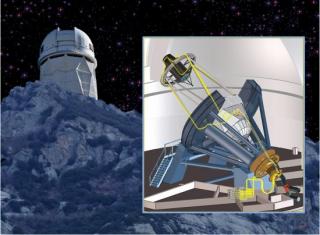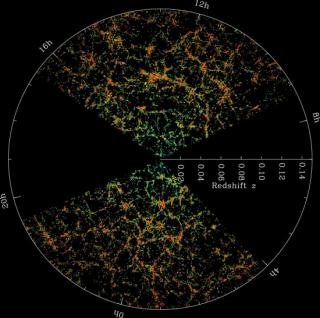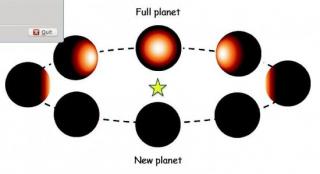The Kepler mission has made an important observation, the first detection of photons from a terrestrial planet by observing its phase curve (Kepler-10b). This opens a new field in exoplanet science: the possibility to get information about the atmosphere and surface of rocky planets, objects of prime interest. In this letter, we apply the Lava-ocean model to interpret the observed phase curve. The model, a planet with no atmosphere and a surface partially made of molten rocks, has been proposed for planets of the class of CoRoT-7b, i.e. rocky planets very close to their star (at few stellar


